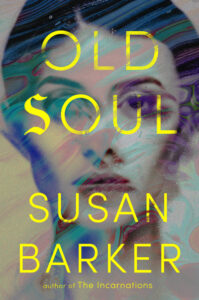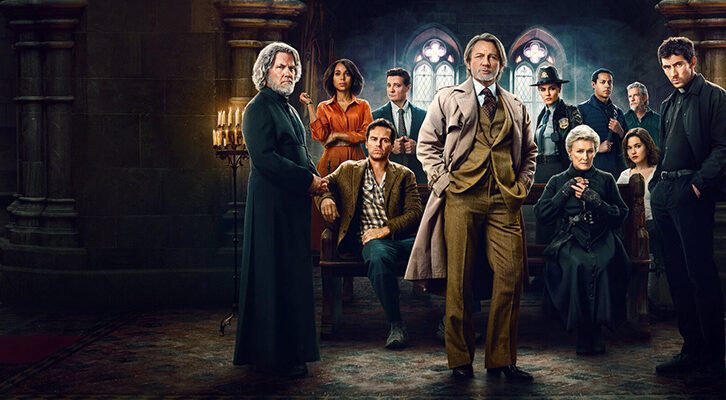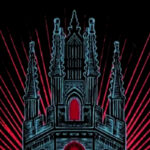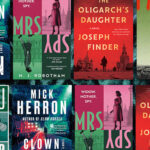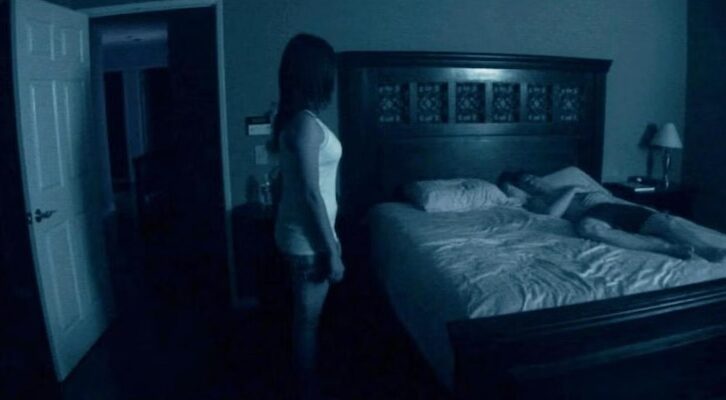
Susan Barker on Terror and the Power of Ambiguity
“Ambiguous signs in horror are so unnerving because it’s the stuff we encounter in our everyday lives.”
This first appeared in Lit Hub’s Craft of Writing newsletter—sign up here.
One night, when I was twelve, I was walking home from a school concert with my mum and younger sister when thirty metres or so away from our terraced house, I noticed my mother’s bedroom light was on and the dark silhouette of a person looking out the window. No one lived there but us, and the house had been empty when we left. I glanced to my mother in panic. “Someone’s in your bedroom!” When we looked back the window was in darkness again.
“You imagined it,” she said. I insisted I had not, so she suggested I’d accidentally glanced at the wrong house. Or it was the reflection of a nearby streetlamp. Despite the rational explanations I was given, and checking every room when we got home, I slept badly that night, disturbed by the sense it wasn’t just the three of us under our roof…
Horror is the genre of monsters: human or supernatural antagonists who threaten or persecute the main cast of characters. In his canonical book, The Philosophy of Horror, Noël Carroll suggests a conventional horror story usually has a “complex discovery plot,” structured as follows: onset (of the monster), discovery, confirmation, and confrontation.
These scenes derive their power from the way we inhabit the character’s perceptions and interiority; their fear and confusion as they mentally scramble to make sense of what happened or wonder if they imagined it.
What happened when I was twelve could’ve been the onset of a paranormal horror story—the first of a sequence of unusual events, such as flickering lights, a door swinging open by itself, or books falling off a shelf, which are all open to various interpretations. Could flickering lights be faulty electrics? Or (as is usually the case in horror) interference by a supernatural entity? An interference that will eventually escalate into the entity’s dreadful appearance.
In Danse Macabre (another canonical text) Stephen King differentiates between and orders the three emotional states that horror fiction can induce in the reader; terror, horror, and disgust. Terror—the dread and suspense before the monster appears—is, according to King, the most refined emotion a horror writer can hope to evoke. The second best is horror—the shock when the monster is revealed. And last is disgust—the gruesome gross out (which King cheerfully admits he’s not above).
I am in complete agreement with Stephen King. It’s not the monster’s “reveal” that’s the most compelling thing in horror, but the tension of the onset and discovery, when the audience / characters slowly pick up on the ominous signs of its presence. However, I’d like to add that the terror is heightened when these signs are ambiguous, with the possibility of more than one interpretation. The character experiences something out of the ordinary, or hard to explain, for example in The Exorcist when Regan’s mother hears thuds in the attic (pipes? rats?). Or when a surveillance video captures Katie in Paranormal Activity rising in the night and standing stock-still and staring at her boyfriend for hours (sleepwalking? a fugue state?).
These scenes derive their power from the way we inhabit the character’s perceptions and interiority; their fear and confusion as they mentally scramble to make sense of what happened or wonder if they imagined it. Sometimes the characters remain in rationalist disbelief and denial, because acceptance of the supernatural would cause a terrifying rupture in the world as they know it. And that liminal zone before the monster appears and is confirmed as objective fact is usually the most frightening and suspenseful part of the narrative. How horrifying will this monster turn out to be? And how can the characters defend themselves against it unless they accept it’s there? The stubborn rationalists never fare well.
Ambiguous signs in horror are so unnerving because it’s the stuff we encounter in our everyday lives. One night you might hear a weird knocking from the empty house next door. Or you might wake from a dream, say something sinister to your partner, and have no memory of it the next day. Or walk into the dining room and the chairs are arranged differently, though you could’ve sworn… Of course, it’s easy to rationalize these anomalies. But there’s always that niggling doubt. And horror takes that niggling doubt to the worst imaginable consequences; the monster appears and all descends into bloody carnage. Horror reminds us to take the ambiguous—that mysterious damp patch spreading across the ceiling, that occasional scratching in the cavity wall, more seriously. Horror reminds us: be warned.
________________________________________
Old Soul by Susan Barker is available now via G.P. Putnam’s Sons.
Susan Barker
Susan Barker is the author of four books. Her third novel, The Incarnations, was a New York Times Editors’ Choice and Notable Book, a Kirkus Reviews' Top Ten Book of the Year, and was shortlisted for the Kirkus Prize for Fiction. An excerpt from Old Soul won a Northern Writers’ Award for Fiction in 2020, as well as funding from Arts Council England and The Society of Authors. Susan currently lives in Manchester, where she is a Senior Lecturer in Creative Writing at Manchester Metropolitan University.









